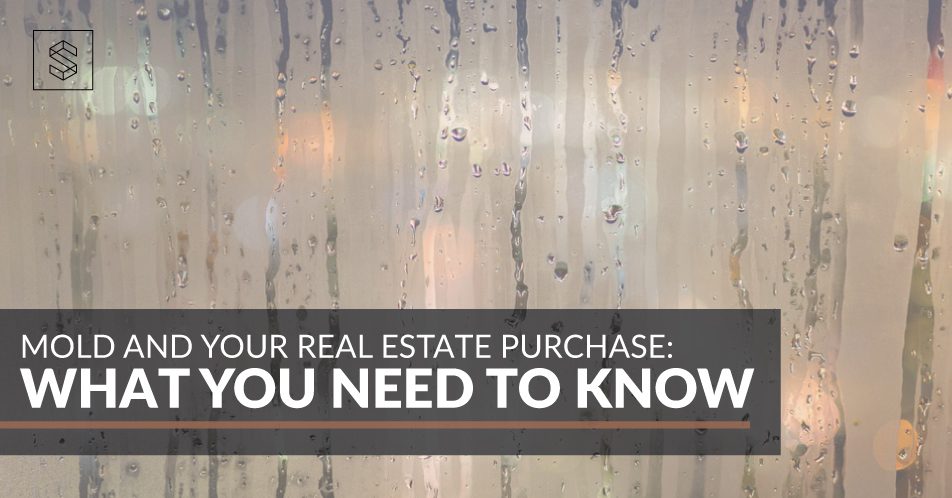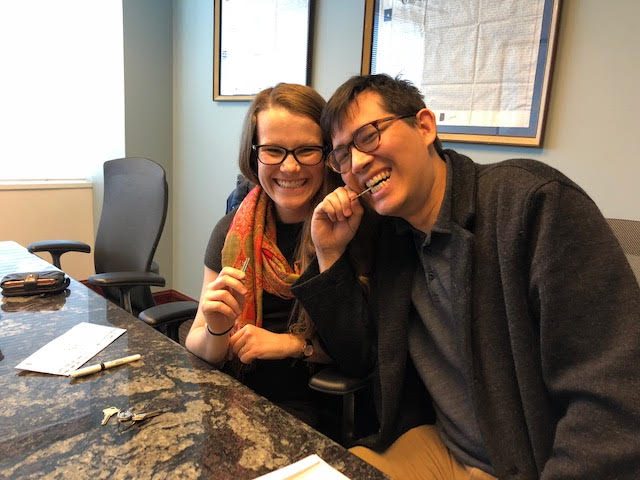
The word mold can strike fear in the heart of even the hardiest of buyers. It is helpful to have a basic understanding of what mold is and what to do when you find it or suspect it in a house that you are considering purchasing.
What Is Mold?
Mold is found everywhere indoors and outdoors and the vast majority of it is harmless. Some varieties, however, are known to produce potent toxins if it gains footing in a mold-friendly environment. These toxin-producing molds are often referred to as ‘black mold’ and while the subject is still being heavily researched, there are known links between certain toxic molds and serious health conditions.
Mold needs 6 things to grow:
- Lack of light
- Lack of air
- A spore
- A host (insulation, wood, drywall, etc)
- Warm temperatures
- Water or very high humidity
These 6 conditions most commonly occur in craw spaces, damp basements, as a result of a leak or in poorly ventilated high moisture areas like bathrooms and laundry rooms.
How to Identify Mold
As a buyer, you should let your eyes and nose be your initial guide in sensing elevated levels of mold in a home you are touring. If you have any concerns about mold in a home you are under contract on, you should alert your home inspector prior to your inspection so he or she can come prepared with testing devices to help assess the likelihood of mold being present.
How to Remove Mold
If you can see a small amount of mold (generally defined as less than 10sf of surface area) on any surface then there is often times no need to perform an additional mold test. Regardless of what type of mold is present, a qualified contractor should remove it and the source of water/moisture identified and corrected. Your contractor may suggest additional measures such as air purification or additional testing to confirm that the risk has been fully mitigated.
If you smell mildew or your home inspector finds elevated moisture readings in areas prone to mold but none is visibly present then it may make sense to bring in an industrial hygienist for testing and professional guidance.
In rare cases, an extensive mold problem is uncovered (either by visual inspection and/or testing) and a professional mold remediation and restoration company is needed to return the house to a safe place for people to live.
How to Prevent Mold
It is impossible to buy a home that is completely mold-free, so the next best thing you can do is find a home that is free of visible mold growth and lacks any obvious signs of mold growth in areas that are not easily visible, like behind drywall, attic eaves, etc.
Once you have purchased your home, you should perform regular visual inspections of any area that may be prone to mold, immediately clean up any water spills, ensure that all high-humidity areas are properly vented, keep exterior drains and downspouts clear, ensure the grading next to the house slopes away from foundation wall, regularly change your HVAC filters and service your HVAC system and run a dehumidifier in any below grade finished space during the summer.
Make sure your next real estate purchase is a safe and smart one by working with our team. Give us a call at 202.270.1081, email us at [email protected], or send us a message here to get started.
 The Stokes Group is a team of dedicated professionals who have passion for the real estate business and will advocate for our clients with the utmost honesty, integrity, and confidentiality. We believe in building solid relationships with our clients and that starts by getting to know who we are. Follow us on Facebook and Instagram.
The Stokes Group is a team of dedicated professionals who have passion for the real estate business and will advocate for our clients with the utmost honesty, integrity, and confidentiality. We believe in building solid relationships with our clients and that starts by getting to know who we are. Follow us on Facebook and Instagram.

The Stokes Group is a team of dedicated professionals who have passion for the real estate business and will advocate for our clients with the utmost honesty, integrity, and confidentiality.




